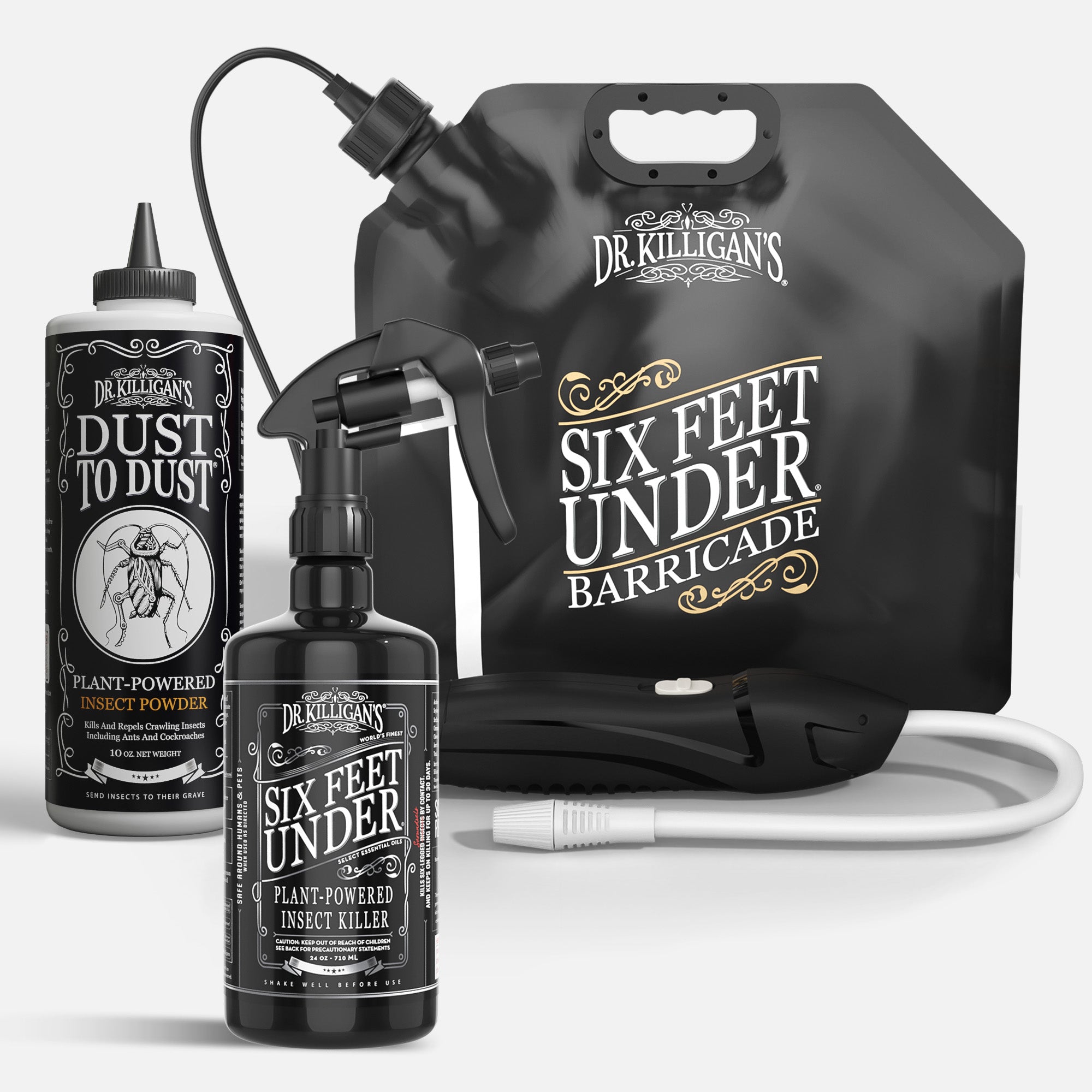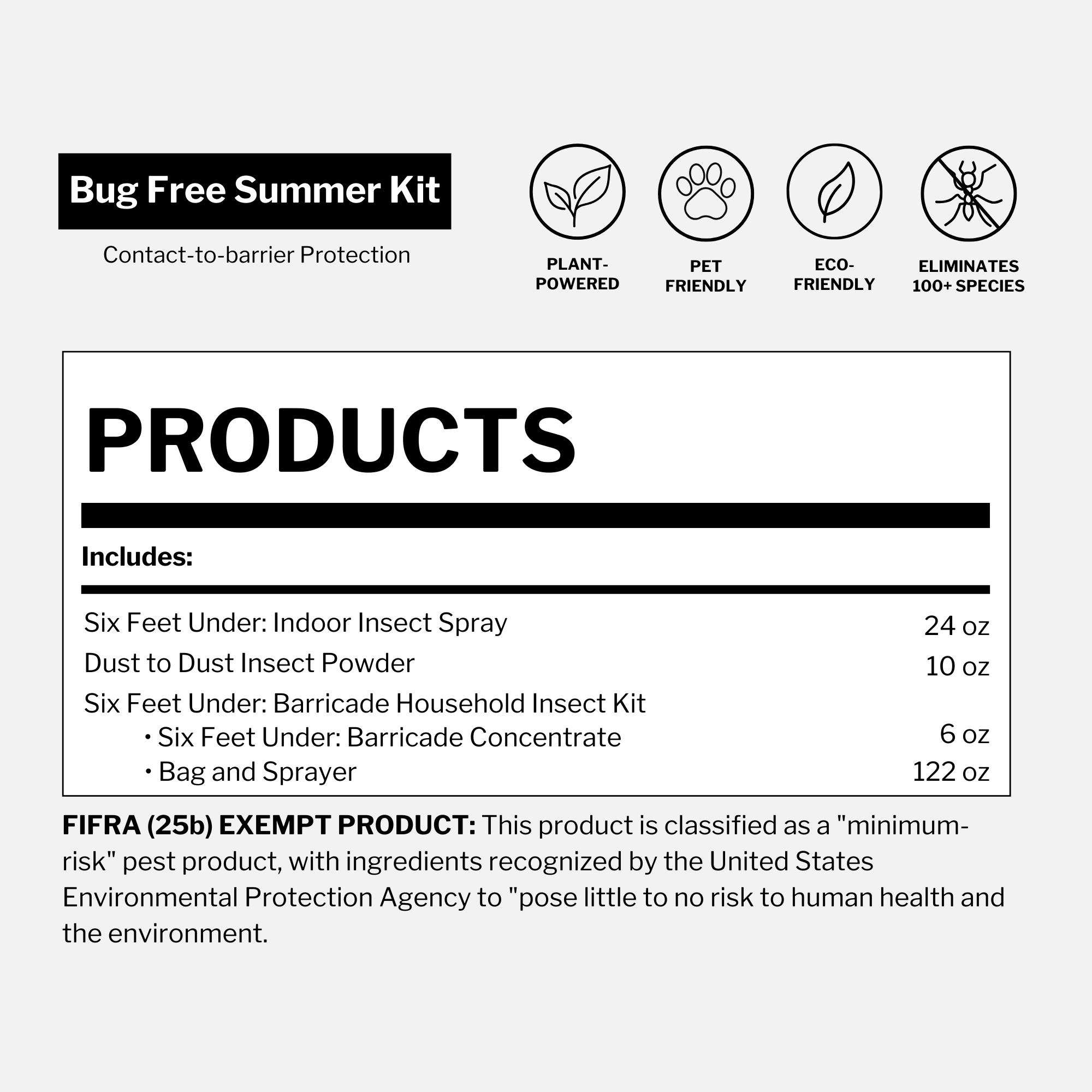When it comes to clothing moths, misconceptions abound. Many people believe that these pests only thrive in certain conditions or can be deterred through traditional methods like mothballs. However, as an expert in pest control, I'm here to debunk these myths.
Together, let's shed light on the truth about clothing moths, unraveling common misunderstandings and providing reliable solutions, like our Clothing Moth Traps and Cedar Planks to traditional mothballs, to protect your belongings.
1. The cleanliness myth: Debunking the dirty home theory
It's a common misconception that clothing moths only invade dirty or unkempt homes. In reality, these pests are attracted to natural fibers like wool or silk, not to dirt. They can infest any home, regardless of how clean it is.

The presence of clothing moths in a well-maintained home is often surprising to many. These moths are drawn to the keratin in natural fibers found in garments, carpets and upholstery, regardless of the cleanliness. Their ability to feed on these materials means that any home with natural fibers is potentially at risk. Therefore, vigilance and regular inspection of woolens and silks are crucial, regardless of how clean your home is. Regular cleaning does help, but it's the storage and maintenance of natural fiber items that play a key role in preventing moth infestations.
Additionally, it's worth noting that clothing moths are also attracted to pet dander. Homes with pets may find these moths more prevalent due to the accumulation of pet hair and skin flakes, which contain natural fibers and keratin. This underscores the importance of regular cleaning and maintenance of areas where pets frequent, as well as ensuring pet bedding and related items are kept clean and free of moth-attractive materials.
2. The mothball myth: Unraveling the truth about repellents
Mothballs, once a common household solution for clothing moth prevention, are increasingly seen as outdated due to their chemical composition. Containing substances like naphthalene and paradichlorobenzene, mothballs not only leave behind a persistent, unpleasant odor but also pose health risks. This makes them less desirable for use in homes, especially in spaces where clothes and linens are stored.
The effectiveness of mothballs is further limited by their requirement to be used in airtight conditions, a scenario often impractical in everyday home settings. This limitation, combined with the significant health risks such as respiratory issues and potential carcinogenic effects, and environmental concerns like contamination of air and water, pushes the need for safer and more user-friendly alternatives.
3. The target myth: Exposing moths' diverse appetite beyond clothes
 The common misconception that clothing moths exclusively target garments is far from the truth. These pests have a broader appetite, affecting various household items. Beyond clothing, they are known to infest rugs, upholstered furniture, blankets and even some stored food items.
The common misconception that clothing moths exclusively target garments is far from the truth. These pests have a broader appetite, affecting various household items. Beyond clothing, they are known to infest rugs, upholstered furniture, blankets and even some stored food items.
Their preference for natural fibers like wool, silk and fur means they can potentially damage a wide range of household materials, not just apparel.
Understanding the diverse diet of clothing moths is crucial in effectively managing infestations. By expanding preventive measures beyond the wardrobe, homeowners can safeguard a wider array of items.
4. The light myth: Correcting misconceptions about moth behavior
Contrary to popular belief, clothing moths are not attracted to light. In fact, these nocturnal insects prefer darkness and are rarely seen flying around illuminated areas. This myth often leads people to misunderstand their behavior and habitat preferences. Clothing moths thrive in dark, undisturbed spaces like closets, drawers, and storage boxes, making these areas prime targets for infestation.
Acknowledging their preference for darkness is key in effectively targeting and preventing infestations. Employing clothing moth traps in these dark spaces can be far more effective than relying on light-based deterrents. Additionally, regular disturbance and cleaning of these areas can disrupt the moth's life cycle, reducing the likelihood of an infestation. Understanding their actual behavior leads to more effective control strategies, helping maintain a moth-free environment in homes.
5. The infestation myth: Demystifying moth eradication possibilities
The belief that clothing moth infestations are nearly impossible to eradicate is a myth that often causes unnecessary despair. While it's true that tackling these infestations requires effort and persistence, it's far from an impossible task. Eradicating moths from clothes is achievable with the right approach. The key is a combination of thorough cleaning, vigilant monitoring, and the strategic use of moth deterrents and traps.

Regular inspection of clothes and fabrics, especially those stored for long periods, is essential for early detection and control. Preventive measures such as proper storage can further safeguard against future infestations. With a comprehensive approach, homeowners can successfully manage and eliminate clothing moth problems, ensuring the protection and longevity of their valued belongings.
As we wrap up our myth-busting journey, remember that combating clothing moths doesn't have to be a daunting task. Embrace the ease and effectiveness of Dr. Killigan's Clothing Moth Traps and Dr. Killigan’s Cedar Planks. These solutions are specifically designed to tackle these pesky invaders, offering peace of mind and protection for your cherished garments. Don't let myths hold you back from a moth-free home. Take action now, visit our website, and equip yourself with these reliable, non-toxic solutions. Say goodbye to clothing moth worries and hello to a safe, clean and well-preserved wardrobe. Choose Dr. Killigan's for a hassle-free and effective moth control experience.





















